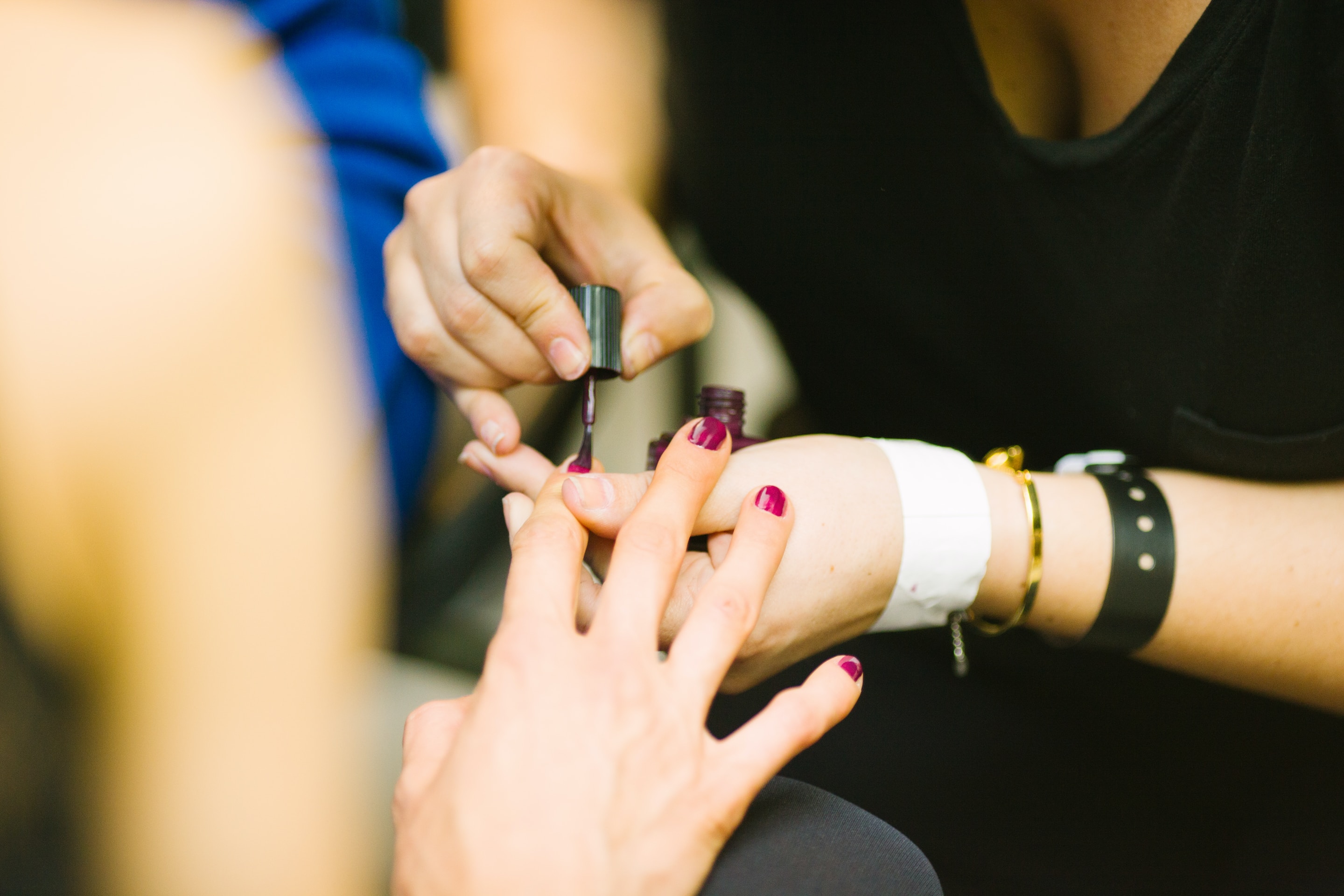
Microblading is a popular semi-permanent makeup technique used to enhance the appearance of eyebrows. After undergoing the procedure, it is important to follow proper aftercare instructions to ensure optimal results.
Why do I need to sleep on my back?
After microblading, it is recommended to sleep on your back to prevent any pressure or friction on your freshly treated eyebrows. This position helps to avoid smudging, rubbing, or any accidental contact that may damage the delicate eyebrow area.
How long should I sleep on my back?
It is generally advised to sleep on your back for at least 7 to 14 days following microblading. This timeframe allows the pigment to settle properly and minimizes the risk of any unwanted effects.
Tips for sleeping on your back after microblading:
- Use a comfortable pillow that supports your neck and back.
- Try elevating your upper body with an extra pillow to help maintain the desired sleeping position.
- Avoid sleeping on a high or hard pillow, as it may disrupt the healing process.
- Consider using a silk pillowcase to reduce friction between your eyebrows and the pillow.
Other aftercare tips to follow:
Aside from sleeping on your back, there are several other important aftercare tips to keep in mind:
Avoid touching or scratching your eyebrows:
It is crucial to avoid touching, scratching, or picking at your eyebrows after microblading. This may cause pigment loss, scarring, or infections. If any itching occurs, gently pat the area instead of scratching.
Avoid excessive sweat and moisture:
Avoid activities that may cause excessive sweating or exposure to moisture during the initial healing period. This includes intense workouts, hot showers, swimming pools, saunas, and steam rooms. Moisture can affect the healing process and can cause the pigment to fade prematurely.
Avoid direct sunlight and tanning:
Protect your eyebrows from direct sunlight and avoid tanning beds during the healing process. UV rays can fade the pigment and affect the overall appearance of your microbladed eyebrows. Always apply SPF when exposed to the sun.
Avoid makeup and facial treatments:
Avoid applying makeup or undergoing any facial treatments in the eyebrow area while it is healing. This includes creams, lotions, makeup removers, and chemical peels. These products and treatments can interfere with the healing process and affect the final outcome of the microblading procedure.
Following these aftercare instructions and sleeping on your back for the recommended period will help ensure the best results for your microbladed eyebrows. Remember to consult with your microblading artist for personalized aftercare advice specific to your needs.


